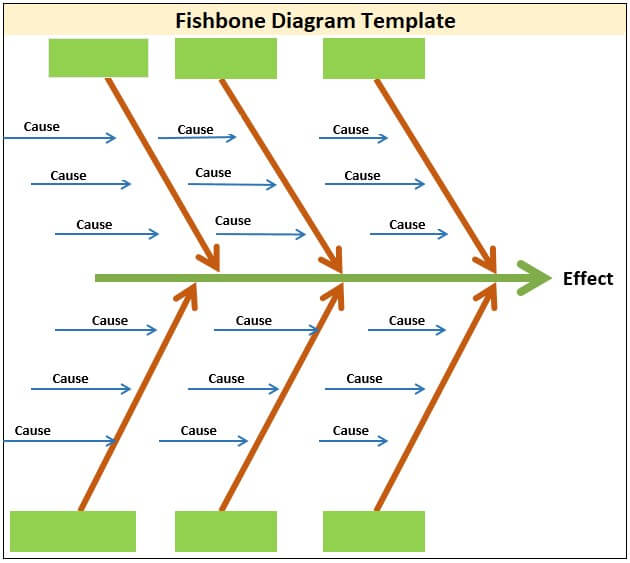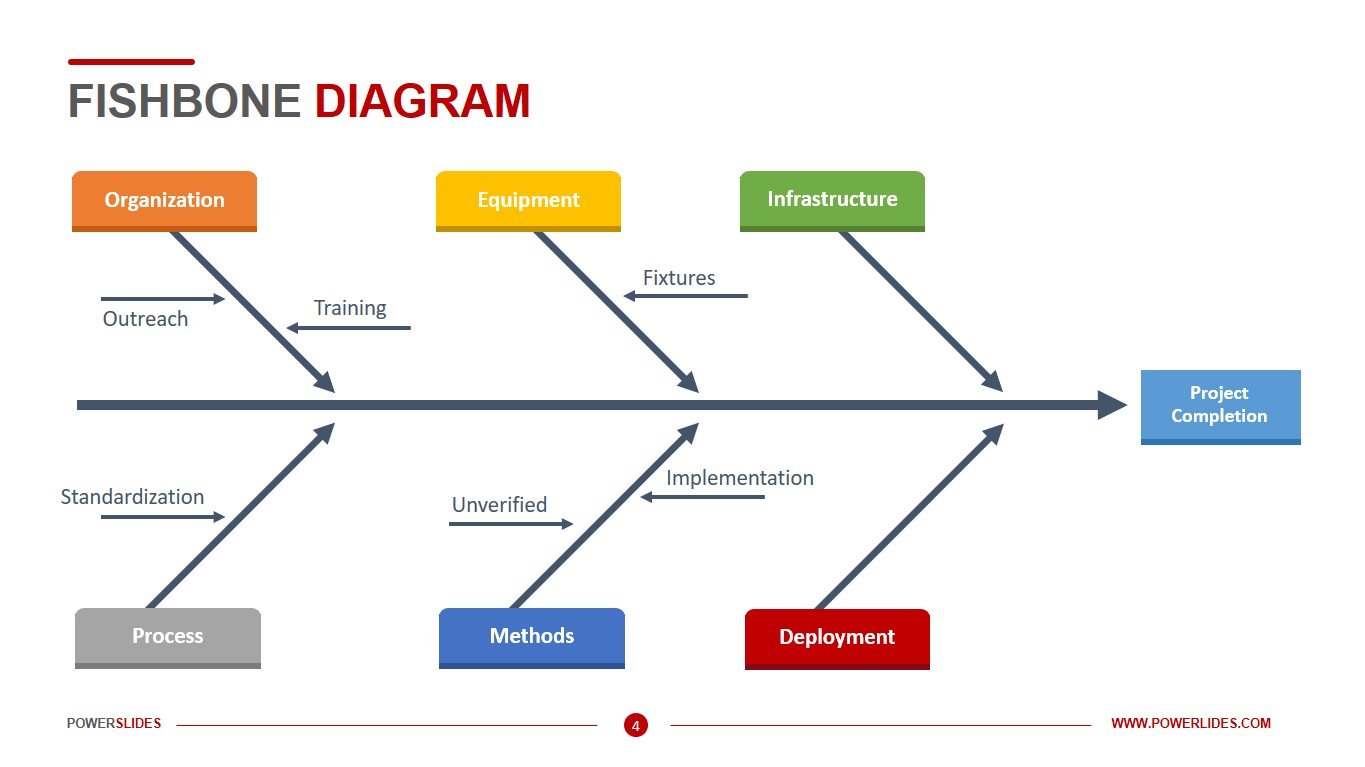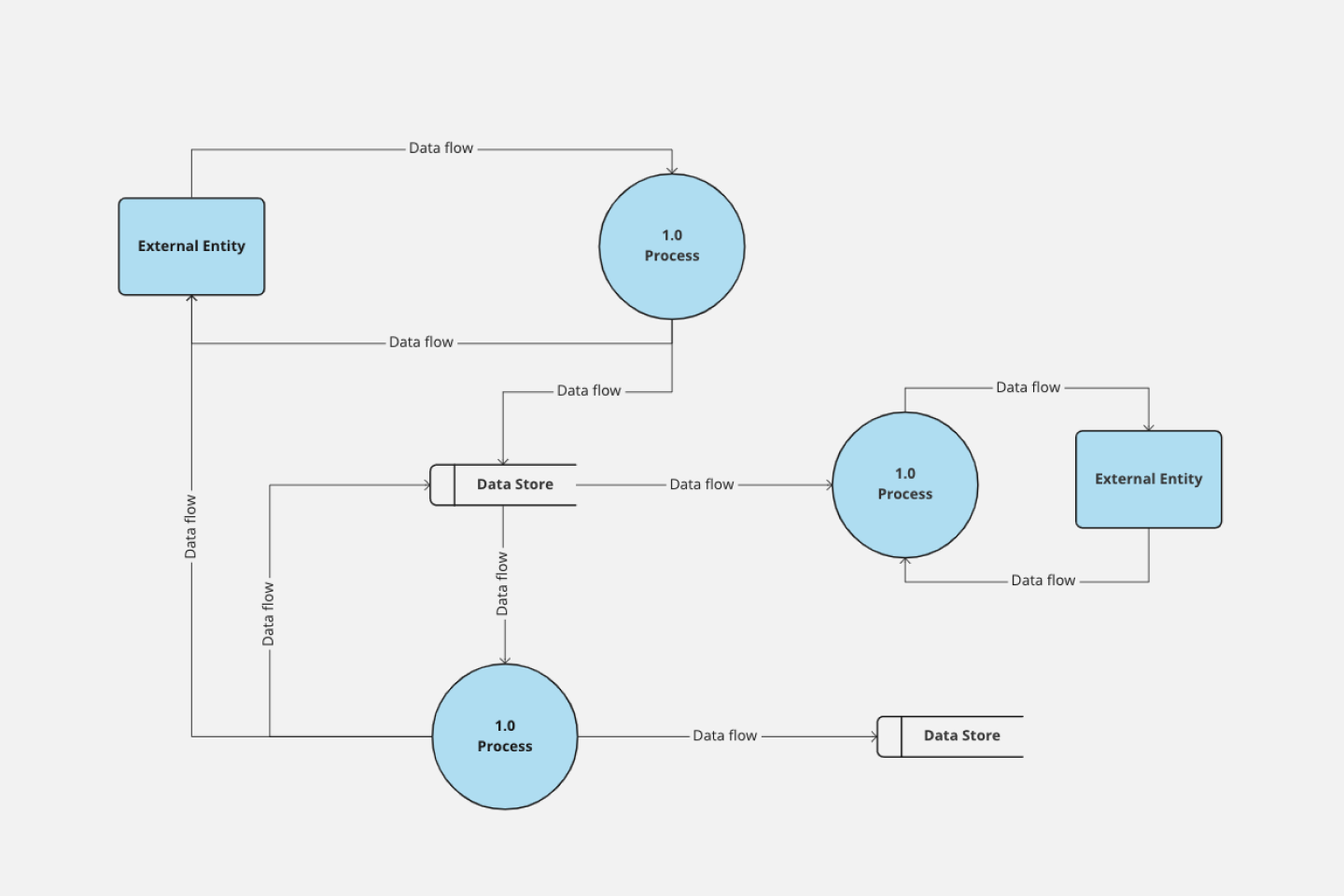
When you use the fishbone analysis, you first brainstorm all of the factors contributing to this problem. With it, you can use it across any industry, meaning it can also fit several other uses apart from manufacturing, sales, and marketing alone.Ĭause and effect analysis gives you a useful way to solve the problem entirely by generating all potential causes and categorizing them in an orderly way. With it, you can use it to present a particular outcome and the better ways to attain it, discover solutions, or deconstruct an issue.Ī Cause-and-Effect fishbone diagram is another useful diagram. Ishikawa diagram is a helpful and effective tool when presenting specific issues and solutions to your team. The 5 Ss of sales are very effective and helpful aspects in analyzing sales of a specific industry. One thing to keep in mind is that a sales fishbone diagram should always contain the 5 Ss of sales. And so with marketing diagram, you will have to include the 7 Ps of marketing, which includes: This diagram offers an effective method to visualize all ideas since marketing is a difficult aspect to gauge. One thing to note is that some industries may have extra Ms that should be inclusive, and for that, you will have to expand it to allow those inclusions.įishbone diagrams also play a major role in the marketing processes in the industry. These 6 Ms of manufacturing are globally recognized standards, and they include: The bones will be categorized into six causes which represent the 6 Ms of manufacturing in your preferred order.

After creating the spine of your diagram, you will need to give it bones in the form of causes. When using a fishbone diagram for manufacturing, knowing the analysis's effect or outcome is essential before adding effect to the diagram. With this diagram, a team can easily and efficiently work on the causes together rather than independently.Ī fishbone diagram is an ideal tool that helps a team create a prompt for brainstorming all possible ideas.īesides determining, analyzing, and prioritizing root causes, this diagram also helps analyze all other potential causes.įishbone Diagram Templates and their Usage Help the teamwork on root causes rather than secondary causes by ensuring you avoid focusing on symptoms and start analyzing the causes. Now you know what a fishbone diagram is, here are some of its benefits: The Fishbone diagram "is a cause-and-effect diagram that helps a team anticipate the consequences with an effect analysis by visualizing all the probable causes of a problem." It is also known as Ishikawa Diagram (named after its inventor, Japanese quality control expert Kaoru Ishikawa) or cause-and-effect diagram is also known as a cause-and-effect brainstorming method. Fishbone Diagram templates and their usageīut, already know what a fishbone diagram is? Let's start with that first.In this article, we will address the following points: Furthermore, this diagram helps better understand the root cause of the problem by allowing you to sort the brainstormed ideas into groups. With it, your team can easily brainstorm ideas while also allowing them to contribute and collaborate at the same time. And for a team to effectively work in sync, a Fishbone Diagram is an ideal tool to use.

#Free ishikawa diagram template free
You can also use Excel's drawing tools ( Insert Shapes or View-Toolbars-Drawing ) to customize the fishbone diagram.If you rely on the team's experience to analyze a problem, but you have less quantitative data, try using Free Fishbone Diagram.Ī team should work together in sync to successfully discover the possible causes of a particular issue. You can then paste the fishbone diagram as either a picture or drawing object.

If you want to copy the fishbone diagram from Excel to PowerPoint or Word, go back to the "Outline" sheet and click on the blue "Copy" button.


 0 kommentar(er)
0 kommentar(er)
